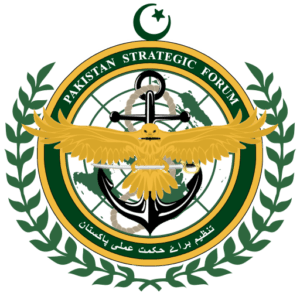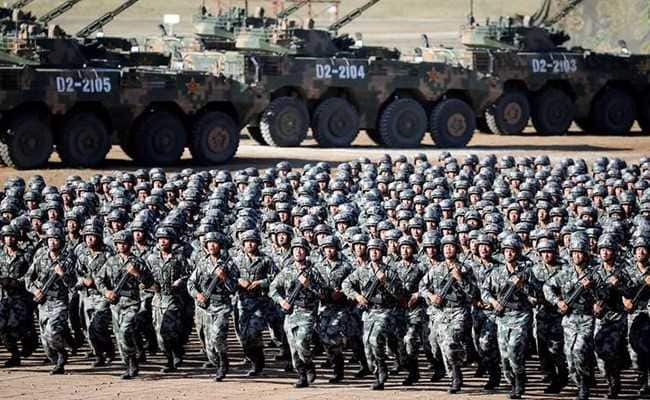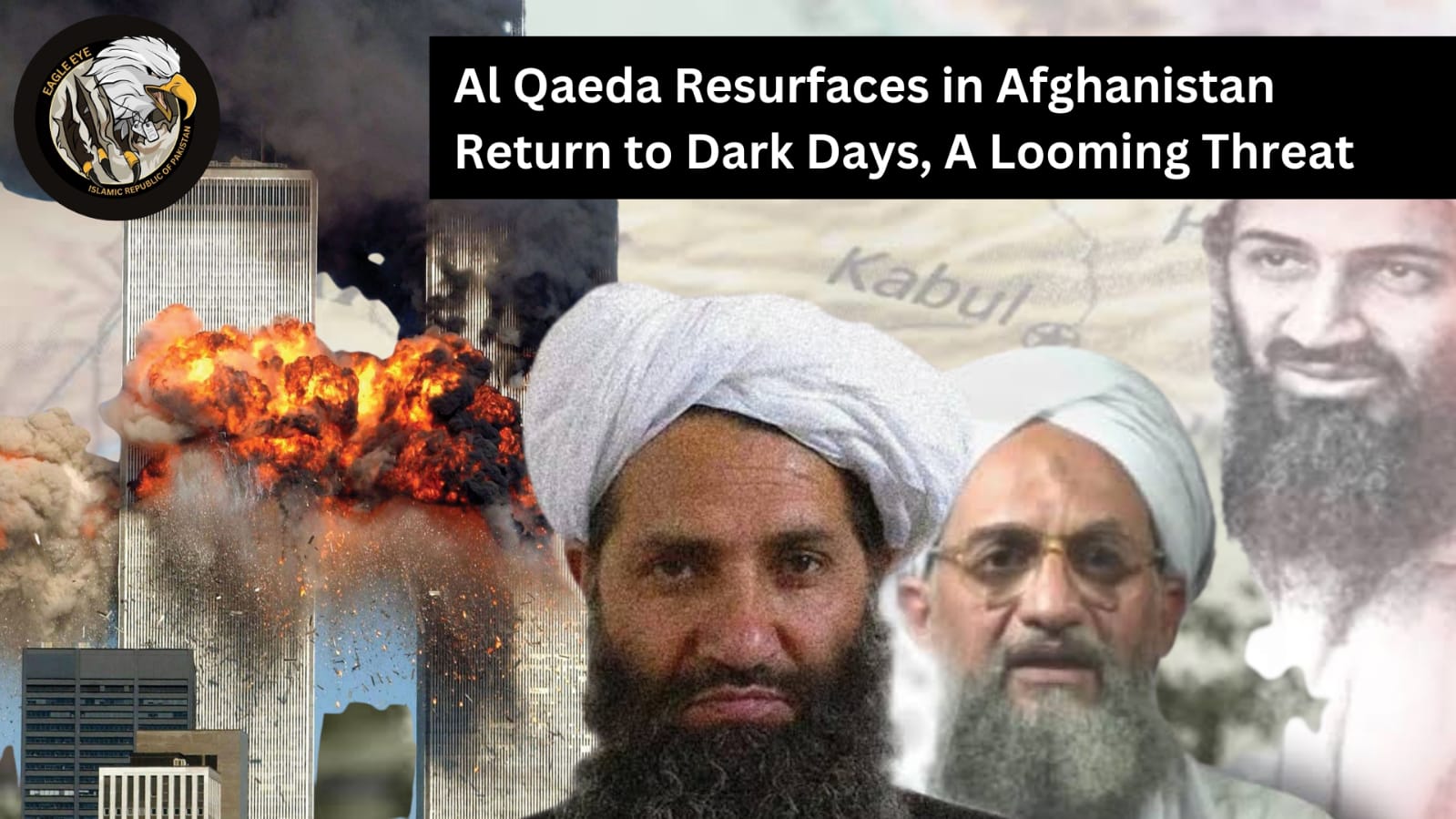President Xi has the vision to build a modern, professional, and capable military. He has fixated on refurbishing the People’s Liberation Army to keep abreast of China’s inclusive development over the last few years. Nevertheless, President Xi’s vision is based on emerging realities and changes taking place across the globe. It is mainly concerned with economic growth and the evolving security environment in China’s periphery. In the meantime, the Chinese leadership knows China’s economic development, territorial integrity, and even survival of the Chinese Communist Party only can be ensured by maintaining a strong, modern, and professional military. With these intentions in mind at the 18th Party Congress, Chinese leadership took a massive reform initiative to overhaul the military (PLA).
Ever since the Chinese military (PLA) has significantly boosted its naval and air wings lessening the reliance over ground troops (PLAA). It commissioned new technologies, advanced fighter jets, indigenously built aircraft carriers, etc. into its inventory. At the same time, new service wings were inaugurated as a part of the overall strategic shift designed to transform the People’s Liberation Army into a comprehensive modern force. However, one of the significant actions seen in such massive modernization is the reduction of PLA’s troops’ number.
In September 2015, Chinese President Xi Jinping announced at the 70th Anniversary of Victory in the People’s War of Resistance Against Japan and WW2, that China will reduce the overall size of the People’s Liberation Army from 2.3 million to 2 million troops. In the interim, this cut in troops fits in a long line of reduction and restructuring made since the 1980s. The PLA’s size has been cut four times since- by one million in 1985, by 500,000 in 1997, by 200,000 in 2003 and now by 300,000 under President Xi 2015 announcement.
However, it is worth mentioning that most troops cut belongs to PLA’s ground forces which makes much of the PLA’s servicemen.
Since PLA’s ground forces (PLAA) inception in 1927, as the Red Army of China, it was key to the victory of CCP in the civil war in 1949. PLA maintained its dominance within the military throughout major reforms that took place between 1950-2005. However, with the changing security landscape and leadership thinking, PLAA is dealing with the reforms. The reason for such step drives from the fact that maintenance of troops such as non-combat, non-essential personnel is a heavy cost on budget. So, reducing fat from PLA’s ground forces free up some space to allocate more budget towards troops training, research, and development, etc. Similarly, the bureaucratic changes in the military have made non-combatant to leave the military and pursue some other profession. The Chinese government is motivating such initiative either willingly or forcefully to meet its reforms requirements.
It is evident from the fact that leadership thinks China is more secure and there are no chances of land invasion by any power. Meanwhile, the concentration of resources in one service diminishes the effective performance of the whole organization. Similarly, by shifting resources from Army to Navy, Strategic Support Force, Rocket Force allows China to better tackle the emerging security challenges in its vicinity. The balance of resources creates opportunities for services to bring new cutting-edge technologies in their warfare domain which helps in joint operations. It also reveals the change in traditional thinking of Chinese leadership in the face of newer security imperatives such as, needs to invest in the Navy to safeguard its maritime trade and supply routes, overseas operations, and protecting its territorial claims in the South-China sea.
Another factor that contributes to troops reduction is the shift of PLA from quantitative to a qualitative approach. Instead of keeping heavy troops in number, the new era demands a diverse approach. The shift from personnel to technology-led change is the future of any conflict and with this thought in mind, it is the right direction to cut the troops’ number.
In sum, the current rebalancing act is a deliberate process of making PLA a leaner and professional fighting force that can fulfill its responsibilities to win modern wars. Although, PLA troops cut generates some friction in ground forces it is the right direction to pursue. Future will make clear that the troop cut was the right choice.
Author: Syed Ali Abbas
About Author: Syed Ali Abbas has graduated in International Relations from NUML, Islamabad, and studies Chinese Politics at Hong Kong University of Science and Technology. Previously, Syed worked with Global Village Space magazine and as research internee at Center for Global and Strategic Studies, Islamabad.
Edited By: Talha Ahmad (Editor in Chief PSF)
Note: The views expressed in this article are the author’s own and do not necessarily reflect the editorial policy of Pakistan Strategic Forum.
#TeamPakistanStrategicForum






